Financial Education
Everfi: Financial Literacy for High School
- Banking
- Budgeting
- Emergency planning
- Savings
- Setting Smart Financial Goals
- Spending
- Unexpected Expenses
Why Adopt This Course?
Give your students financial skills they’ll actually use in life. This comprehensive course, designed by educators with real classroom experience, transforms complex financial concepts into engaging, interactive lessons that build confidence in money management. Students develop actionable strategies for budgeting, credit, and financial planning through realistic scenarios that connect to their everyday lives.
At-A-Glance
Grade Level
9th, 10th, 11th, 12thLength
12 digital lessons, 20 min each
Languages
Standards
Jump$tart National Standards in K–12 Personal Finance Education
Curriculum Fit
Economics, Financial Algebra, FCS, Business, AVID, and Advisory
Students gain an understanding of what it means to be a skilled consumer. They also assess the quality of sources when researching products to buy.
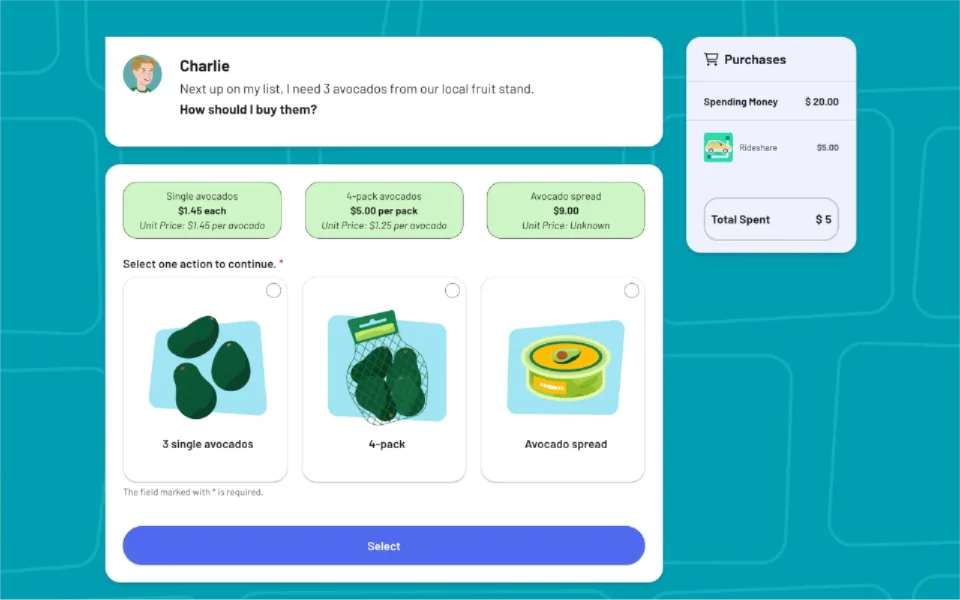
Students identify the benefit of tracking spending and reviewing past purchases. They also practice categorizing items as wants vs. needs and discover budgeting strategies like 50-30-20.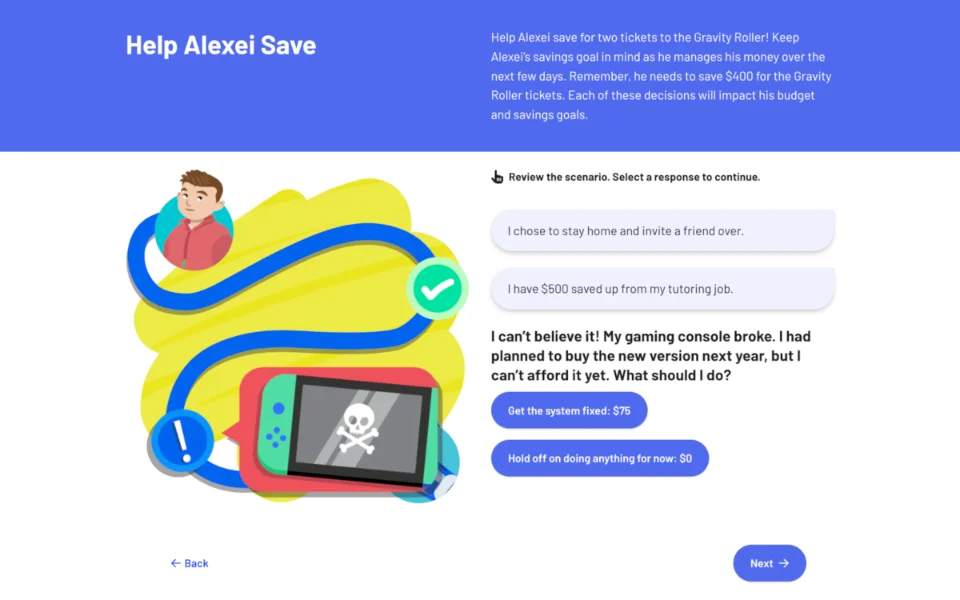
Students describe the reasons for maintaining a budget, identify different types of budgeting methods, and create a budget for prioritizing wants and needs.
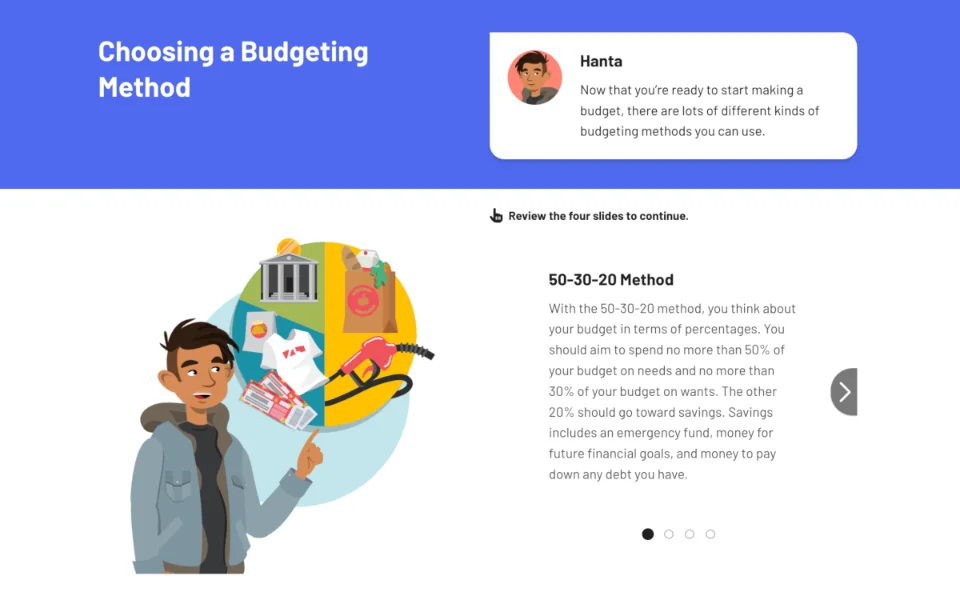
Students help a character file his taxes electronically and learn how online tax preparation software is helpful, secure, and effective.
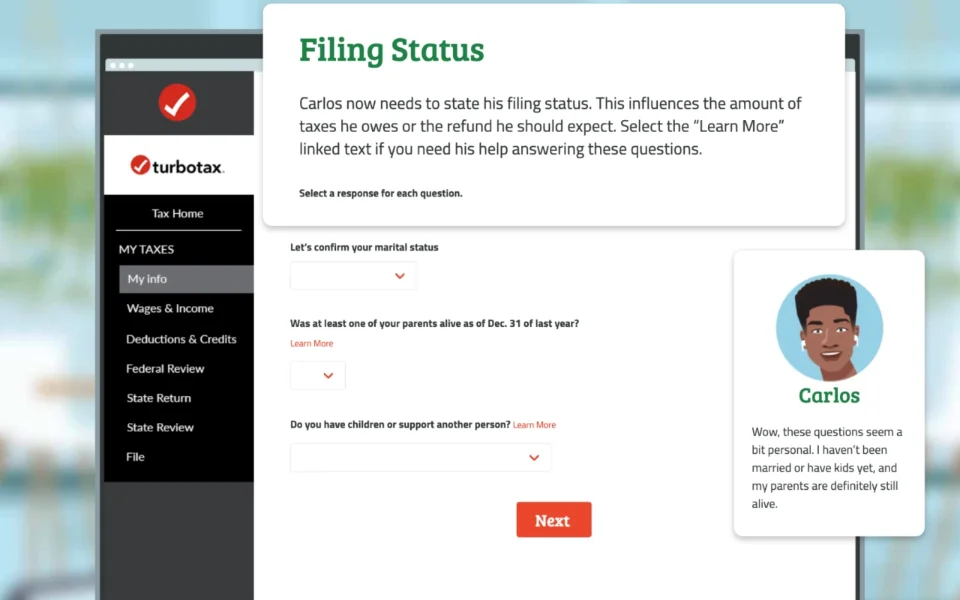
Students explore how to effectively use a checking account and monitor an account balance and spending habits. They also learn about common consumer scams and how to avoid them.
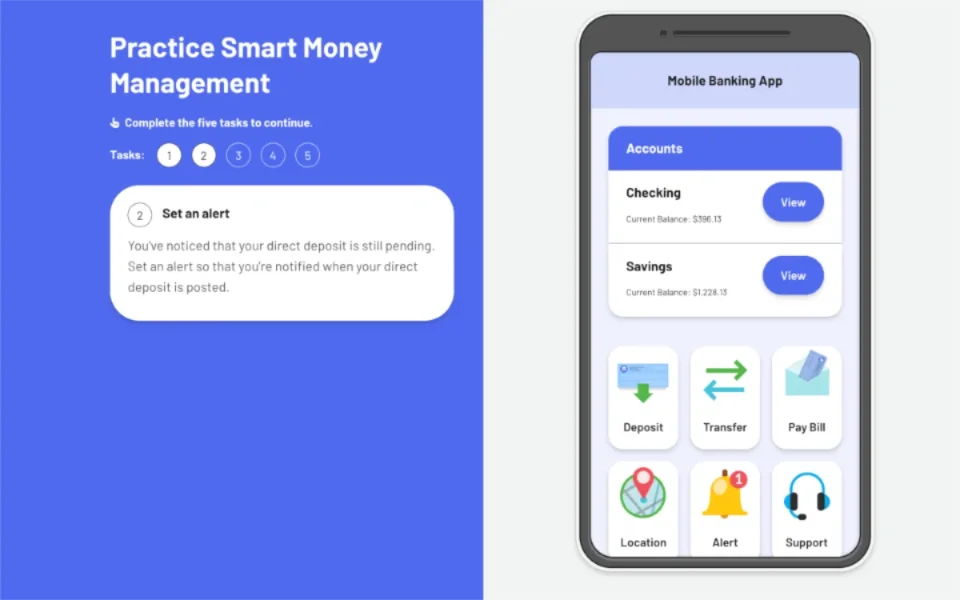
Students learn wise debt management practices and avoid expensive borrowing behaviors. They also explore savings options like savings accounts, money market, and Certificates of Deposit.
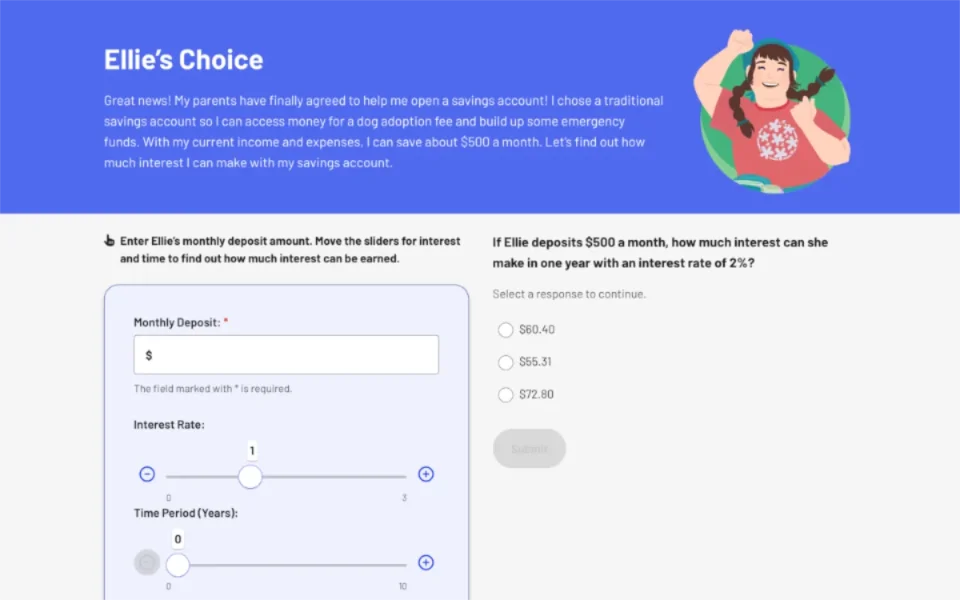
Students learn what a loan is and why it is used to finance purchases. They also compare and contrast the differences between secured and unsecured loans.
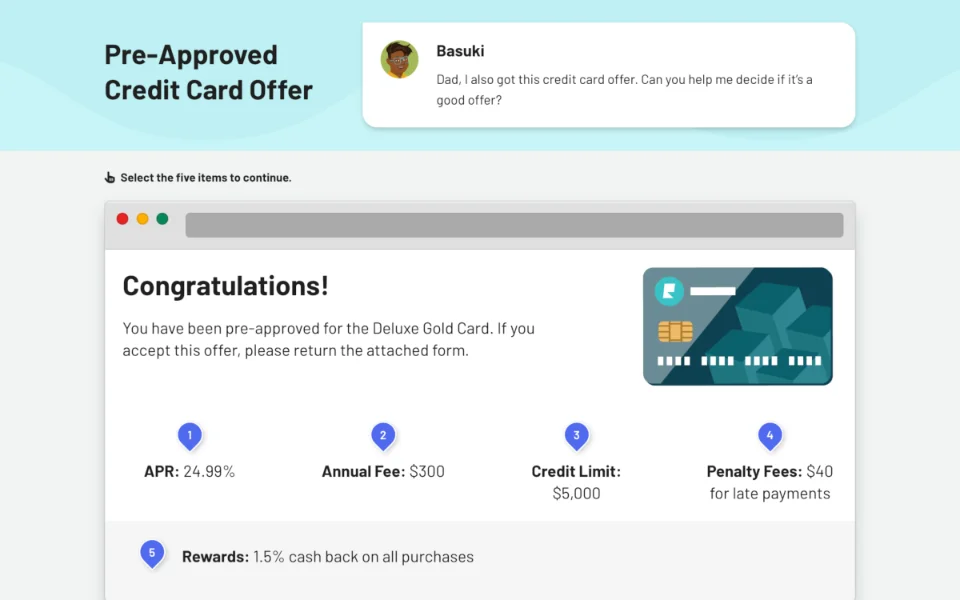
Students discover why higher education typically has a positive return on investment (ROI). They also differentiate the net cost of higher education from the “true cost.”
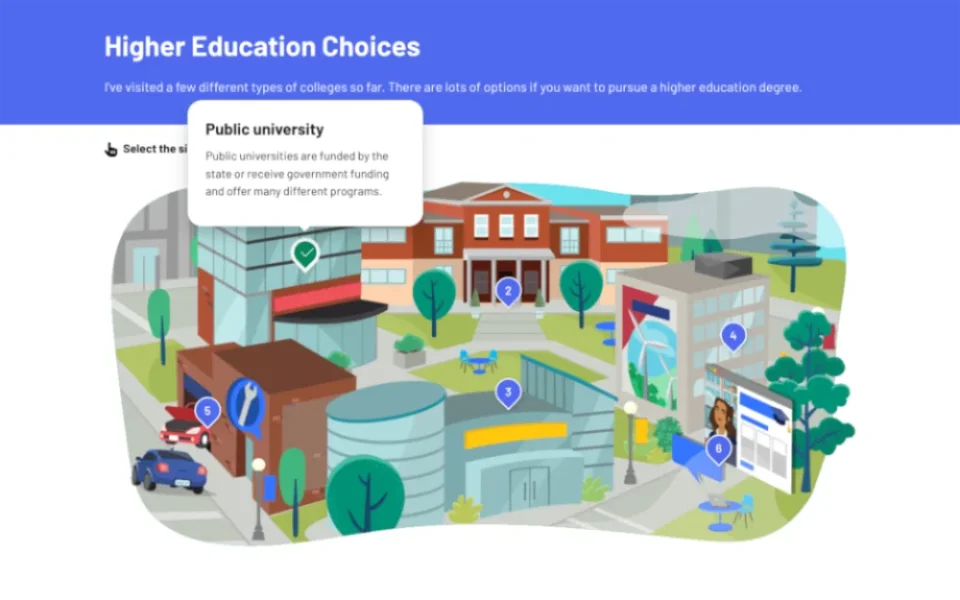
-
Less than a third of high school juniors and seniors reported that they felt prepared to compare financial institutions and select one that best meets their needs (32%). Slightly more students — but still less than half (47%) — felt they could select, open, and manage a savings or checking account.
Young people also reported low levels of confidence in their ability to establish financial habits that contribute to long-term financial wellbeing: budgeting and managing credit. Half of juniors and seniors said they were “prepared” or “very prepared” to set up and follow a budget, while just a third (32%) felt they could check their credit and maintain good credit over time.
These skills budgeting and managing credit – are essential as young people move toward financial independence. The decisions they make in the next one to two years begin to carry consequences that can last much longer, directly impacting their lifetime financial wellbeing.
-
Yes, given the critical role of skill and confidence in building financial wellbeing, the low levels of preparedness among young people could be a sign of trouble as students finish high school and move toward financial independence.
-
Students learn the fundamentals of money management in financial literacy classes, including budgeting, saving, paying off debt, investing, and more. This information offers the groundwork for kids to establish sound financial practices at a young age and steer clear of many mistakes that result in ongoing financial difficulties.
Why Everfi?
Everfi empowers educators to bring real-world learning into the classroom and equip students with the skills they need for success-now and in the future. Our curriculum and courses are:
- Loved by 750,000+ teachers
- Aligned to US, Canada, and UK learning standards.
- Real-world lessons that are self-paced and interactive.
- Automatically graded with built-in assessments and reporting.
- Extendable with activities and resources to bring the information to life.
- Supported with a dedicated, regional team.
- Forever free for K-12 educators.
How Are These Lessons Free?
Thanks to the generous sponsorship of corporations who share our mission, Everfi’s courses are completely free to teachers, districts, and families
This course is made possible through partnerships with community-focused financial institutions who invest in student financial literacy. That’s why everything—curriculum, training, and support—is completely free to educators.
